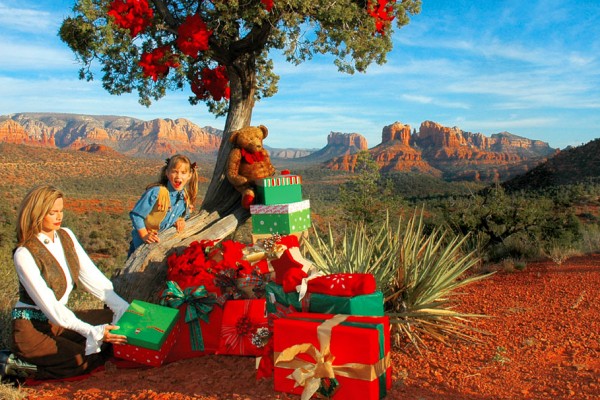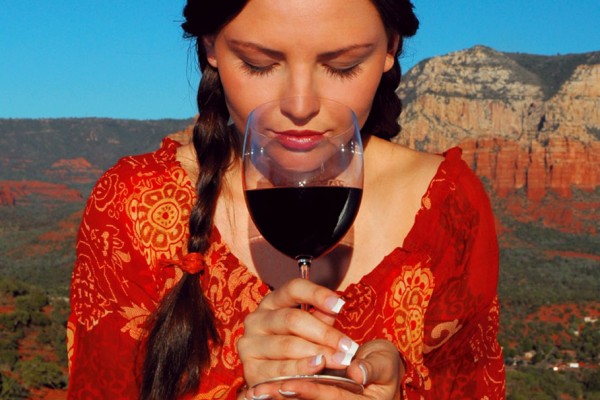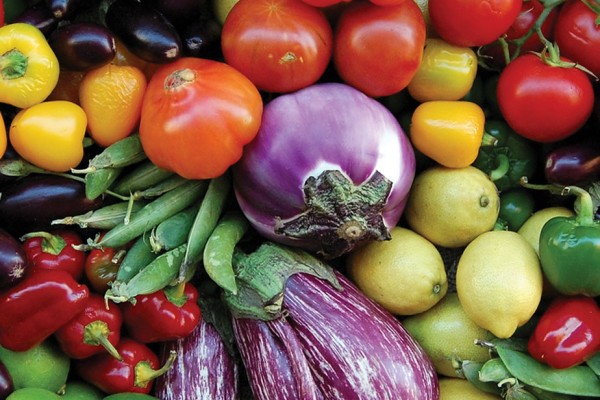Continued (page 3 of 5)
William James Louf: Sedona
William James Louf, co-owner of Canyons Gallery and Fine Framing in Creekside Plaza (251 Hwy 179; 928-203-0260), got interested in photography in high school, where he took classes and experimented in a darkroom at a friend’s house. He went on to attend the New England School of Photography, and has spent most of his career freelancing – “Everything from car races to insurance claims,” he laughs – and printing, first at a lab in Boston and then with his own business, Image Master, which he launched in Seattle and continues in Sedona. In between, he spent eight years on the road as a guitarist and singer, always with camera in tow. He first photographed Sedona in 2000, after which “I looked forward to moving to Sedona [which he finally did in May 2006] to focus on art photography,” he says.
Sedona Monthly: What is your favorite spot to photograph in Sedona?
William: I don’t really have one – they are all unique at different times of the day. Cathedral Rock is a very peaceful photo but it’s over-shot. I like scenes that aren’t typical – using black-and-white film, or a winter scene. I’ve shot Lee’s Mountain in the winter with fog, which adds depth. There are great views from Airport Mesa and, for Snoopy Rock, nothing beats the Hyatt Piñon Point parking lot. If you are visiting, drive around and look for empty lots with great views. One advantage to photographing Sedona is you don’t need to hike for ten miles to get a good shot. Some of the best views are right from the road.
What is the best time of year to photograph Sedona? Best time of day?
Fall and spring are good for evening shots because you have a redder, warmer hue. Summer and winter are good for breaking storms but the sun sets quickly in the winter and you have haze in the summer. You want to take advantage of the depth while the light is low, so it’s best to shoot early or late in the day. When the sun is low you also get warmer colors. If you shoot the red rocks at noon, they will look very flat. It’s also good to wait for storms to break and shoot when you have the great patches of clouds.
What equipment do you use?
I have two Linhof 4×5 cameras – I shoot transparency film. I also have a 12- megapixel digital camera. I prefer the ease of the digital but the quality of the 4×5. I always have a tripod and several filters: A polarizer, haze filter, 81A warming filter, which I just leave on my camera, and a neutral density gradation filter. I prefer black and white, but I think in Sedona you have to shoot color. If the sun is right, the colors are really intense.
How many shots, on average, do you take before you get “the one”?
If you shoot 36 images and get two you like, you did good [laughs].
Sedona is a tourist town. How do you deal with the crowds?
Well, the crowds usually aren’t out at the best times of day to shoot – early morning and sunset. But I’ll just be polite and ask people if I am in the way of their shot. And I will also ask them to move while I’m getting my picture. It’s about etiquette, but a camaraderie exists among photographers.
Any final advice about photographing Sedona?
If you are here with a point-and-shoot camera, try using the manual setting. Digital film is cheap. And you can get lucky and get nice shots while you’re on vacation. You just have to be at the right place at the right time with the right equipment.



